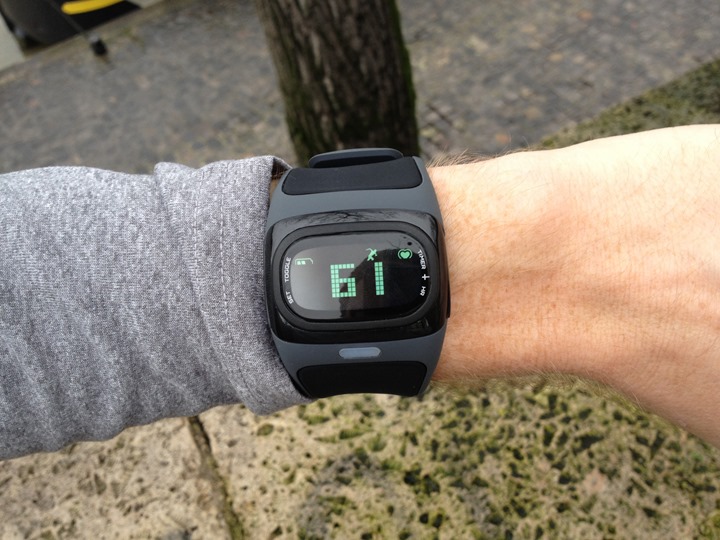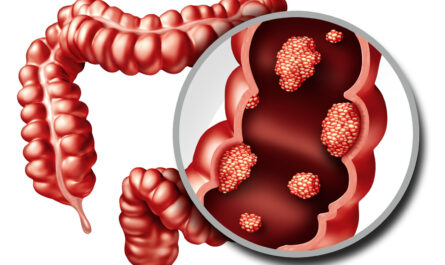In a recent study conducted by researchers from West Virginia University School of Medicine, the West Virginia University School of Public Health, and WHOOP Inc., it was discovered that wrist-based heart rate monitors could potentially predict premature births. The study, published on the open-access site PLOS ONE, involved pregnant volunteers wearing WHOOP monitors prior to giving birth.
Previous research has shown that pregnant women experience fluctuations in heart rate variability, which is defined as the variations in the time between heartbeats. This variability tends to decrease as the pregnancy progresses, typically around 33 weeks. However, at this point, the variability begins to steadily increase until birth.
The research team wanted to determine if the same changes in heart rate variability occur in women who experience premature deliveries. To investigate this, they relied on WHOOP, a company that manufactures strap-on wrist sensors capable of monitoring heart rate. Previous studies conducted in collaboration with WHOOP had indicated that the device could accurately track heart rate variability in pregnant women.
For this particular study, 241 pregnant women from 15 different countries agreed to wear the WHOOP device in the months leading up to their deliveries.
The findings of the study revealed that heart rate variability in women who delivered on or near their due dates followed the expected pattern observed in previous research—variability decreased until around seven weeks prior to delivery. However, in women who delivered early, the patterns of variability were much less consistent. These women also experienced a steady increase in variability approximately seven weeks before delivery, even before their due dates.
Based on these results, the research team suggests that heart rate monitoring devices could become valuable tools for obstetricians to monitor their patients. These devices not only have the potential to improve the prediction of delivery dates but could also aid in implementing therapies designed to extend at-risk pregnancies.
Overall, these findings indicate that wrist-based heart rate monitors show promise in identifying pregnant women who may be at risk of delivering prematurely. By detecting changes in heart rate variability, healthcare professionals can potentially intervene and take appropriate measures to prolong the pregnancy and ensure the well-being of both the mother and the baby. As further research continues, these devices may become an essential part of prenatal care, leading to better outcomes for pregnant women and their babies.



